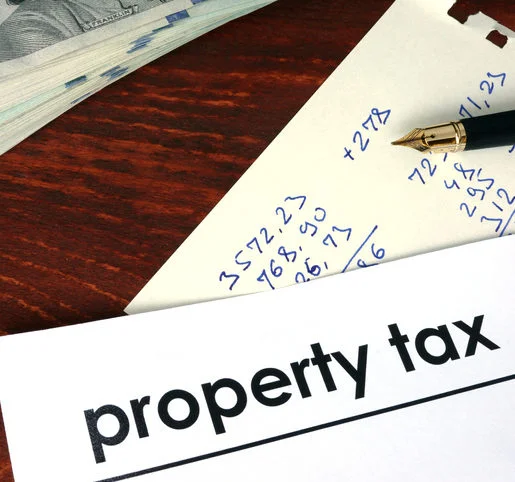
Legal Developments Regarding Property Tax Exemptions for Charitable Use
Jan 9, 2024
Share to:
In March of 2023, the Illinois Second District Appellate Court (the “Court of Appeals”) issued a decision denying the American Academy of Pediatrics (“AAP”) a charitable use property tax exemption for its newly constructed administrative headquarters office building in Itasca. The Illinois Supreme Court recently declined the AAP’s Petition for Leave to Appeal, allowing the Court of Appeals decision in American Academy of Pediatrics v. The Department of Revenue et al. to stand, providing finality to a six-year-long dispute and clarifying the standard a taxpayer must meet to qualify for a charitable use property tax exemption.
The AAP is an Illinois not-for-profit organization that was formed in 1930 to foster and stimulate interest in pediatrics and to correlate all aspects of work within the scope of pediatrics. It is a fee-based professional membership organization of approximately 67,000 members in the pediatric profession and has 66 chapters worldwide.
At its prior headquarters in Cook County, the AAP was granted a charitable use property tax exemption under 35 ILCS 200/15-65(a), which grants an exemption to properties that are owned by institutions of public charity and that are actually and exclusively used for charitable purposes. When it moved its headquarters to Itasca in 2017, the AAP applied for the same exemption for its newly constructed 183,000-square-foot administrative headquarters in a high-end business park. The AAP claimed that its property is used exclusively to carry out its charitable mission of improving children’s health. A group of taxing districts intervened in the proceedings and objected to the exemption, arguing that to practice one’s profession for a fee is not charity. In late 2019, the matter proceeded to trial.
The Court of Appeals noted that an organization seeking an exemption under section 15-65 must establish that the property is actually and exclusively used for charitable or beneficent purposes, and that the critical issue is how the property itself is used in a charitable way, not how the income derived from the property is employed for charitable purposes. In upholding the Illinois Department of Revenue’s (the “Department”) decision to deny the charitable tax exemption, the Court of Appeals noted that AAP’s building is not open to the public without an appointment, that no direct pediatric care is performed in the building, that continuing medical education courses are rarely held in the building, and that no clinical research, private or public, is conducted at the office building.
The Court of Appeals further analyzed whether the AAP would qualify for a charitable exemption as an institution of public charity, relying on and weighing the five Korzen factors: (1) the benefits derived are for an indefinite number of persons for their general welfare or in some way reducing the burdens on government; (2) the organization has no capital, capital stock, or shareholders and earns no profits or dividends; (3) funds are derived mainly from private and public charity and are held in trust for the objects and purposes expressed in its charter; (4) it dispenses charity to all who need it and apply for it, and it does not provide gain or profit in a private sense to any person connected with it; and (5) it does not appear to place any obstacles in the way of those who need and would avail themselves of the charitable benefits it dispenses (Methodist Old Peoples Home v. Korzen, 39 Ill. 2d, 156-57 (1968).
In analyzing the Korzen factors, the Court of Appeals agreed with the Department’s analysis, finding that the organization’s primary purpose is to serve its members and that the AAP does not dispense its benefits to all who need them, but instead, places barriers to the benefits it provides in the form of membership fees. Moreover, there are potential private gains for its employees, noting that the highest-paid employee had earned more than $500,000, and that there are a multitude of private gains to the AAP’s members including employment opportunities and referral networks. Although the Court of Appeals agreed with the Department in finding that the AAP met the second Korzen factor, no capital, capital stock, or shareholders, neither the Court of Appeals nor the Department, believed that this factor weighed heavily enough to establish that the organization was a charitable institution.
The case and decision provide a meaningful and important precedent statewide, clarifying the substantial burden taxpayers and Illinois organizations must meet to be granted a charitable use property exemption, and reaffirming that a taxpayer’s historical exemption status is no guarantee of its future exemption status.
